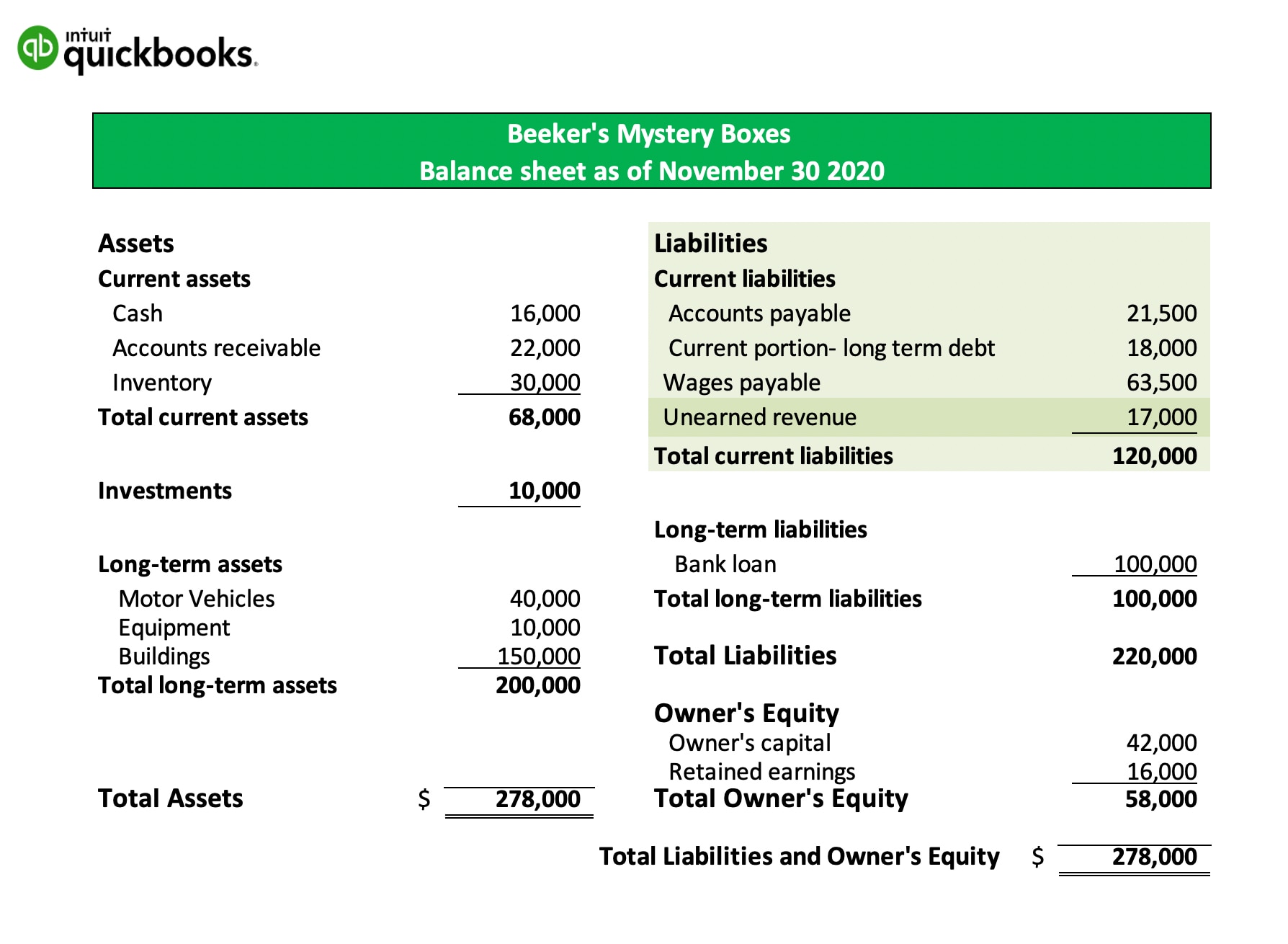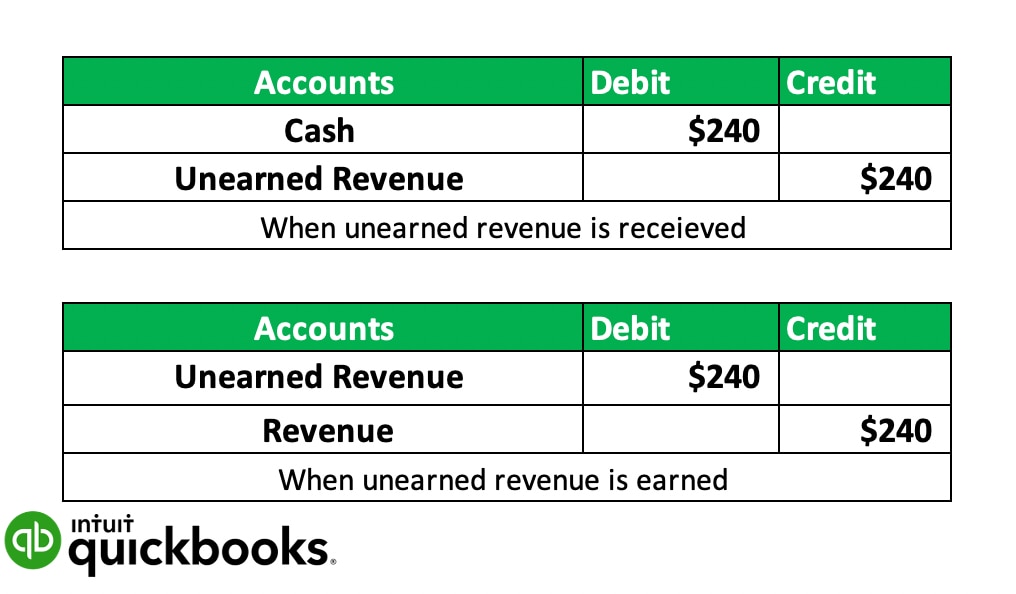Every business will have to deal with unearned revenue at some point or another. Small business owners must determine how best to manage and report unearned revenue within their accounting journals.
Unearned Revenue Defined
Unearned revenue refers to the money small businesses collect from customers for a or service that has not yet been provided. In simple terms, unearned revenue is the prepaid revenue from a customer to a business for goods or services that will be supplied in the future.
Criteria for Unearned Revenue
So, what type of account is unearned revenue, exactly?
In accounting, unearned revenue has its own account, which can be found on the business’s balance sheet. Funds in an unearned revenue account are classified as a current liability, in other words, a debt owed by a business to a customer.
Once a delivery has been completed and your business has finally provided prepaid goods or services to your customer, unearned revenue can be converted into revenue on your balance sheet.
What Is Unearned Revenue and Why Is It Important?
Your business needs to record unearned revenue to account for the money it's received but not yet earned. Recording unearned revenue is important because your company can't account for it until you've provided your products or services to a paying customer.
It's important to rely on accounting software like QuickBooks Online to keep track of your unearned revenue so that you can generate accurate and timely financial statements each accounting period.
Unearned Revenue vs Deferred Revenue
Unearned revenue and deferred revenue are the same things, as are deferred income and unpaid income. These are are all various ways of referring to unearned revenue in accounting.
















